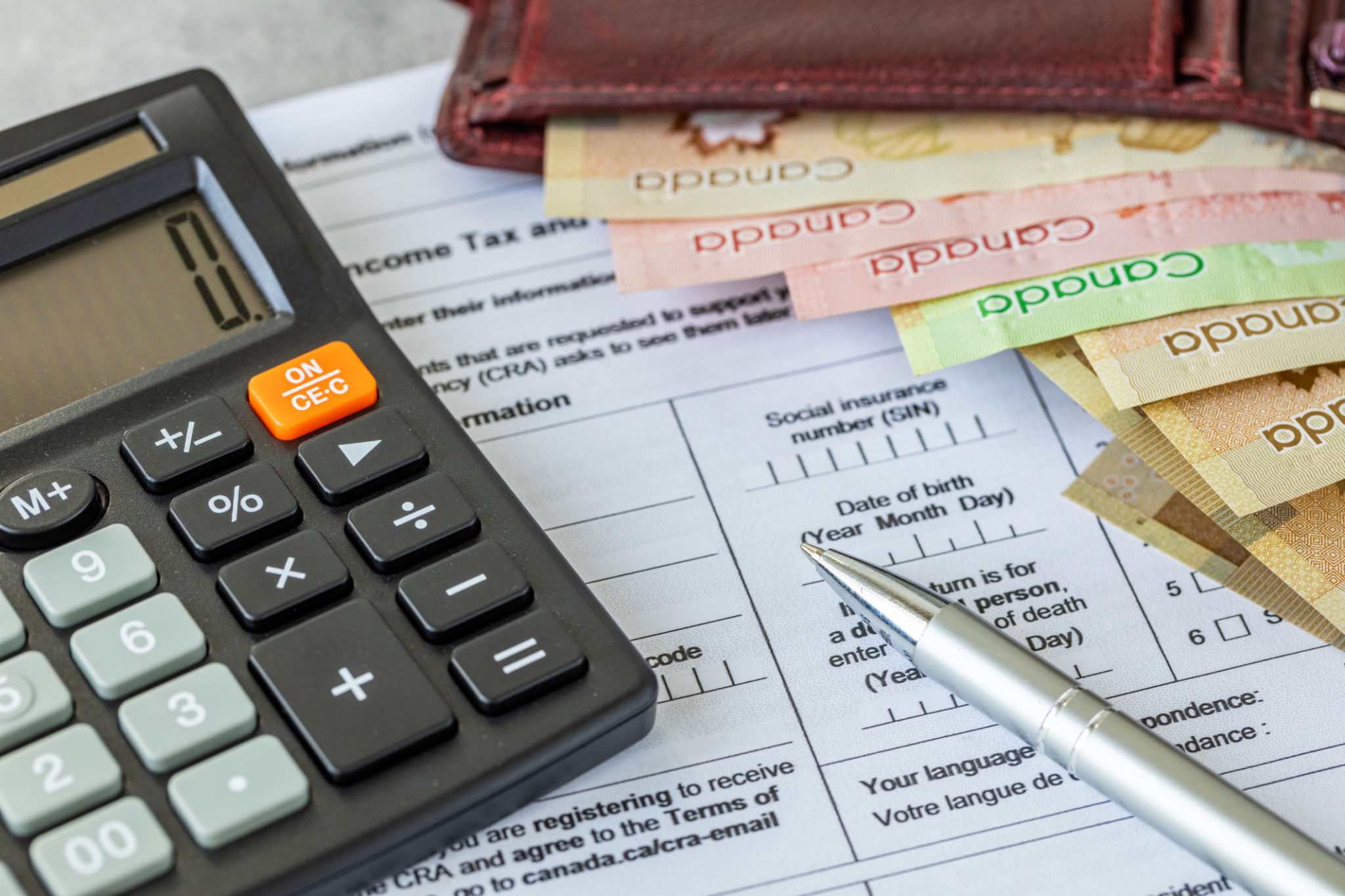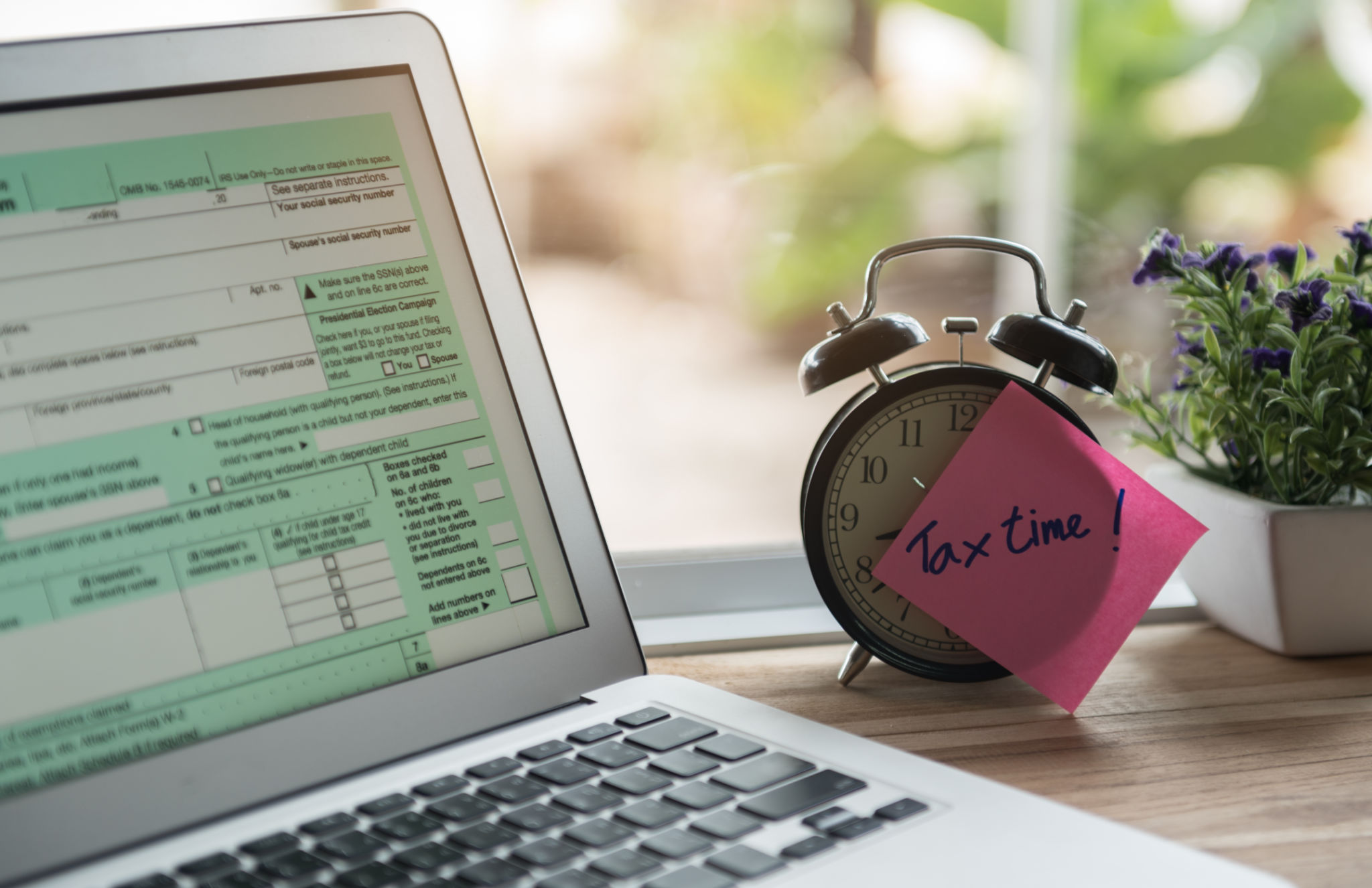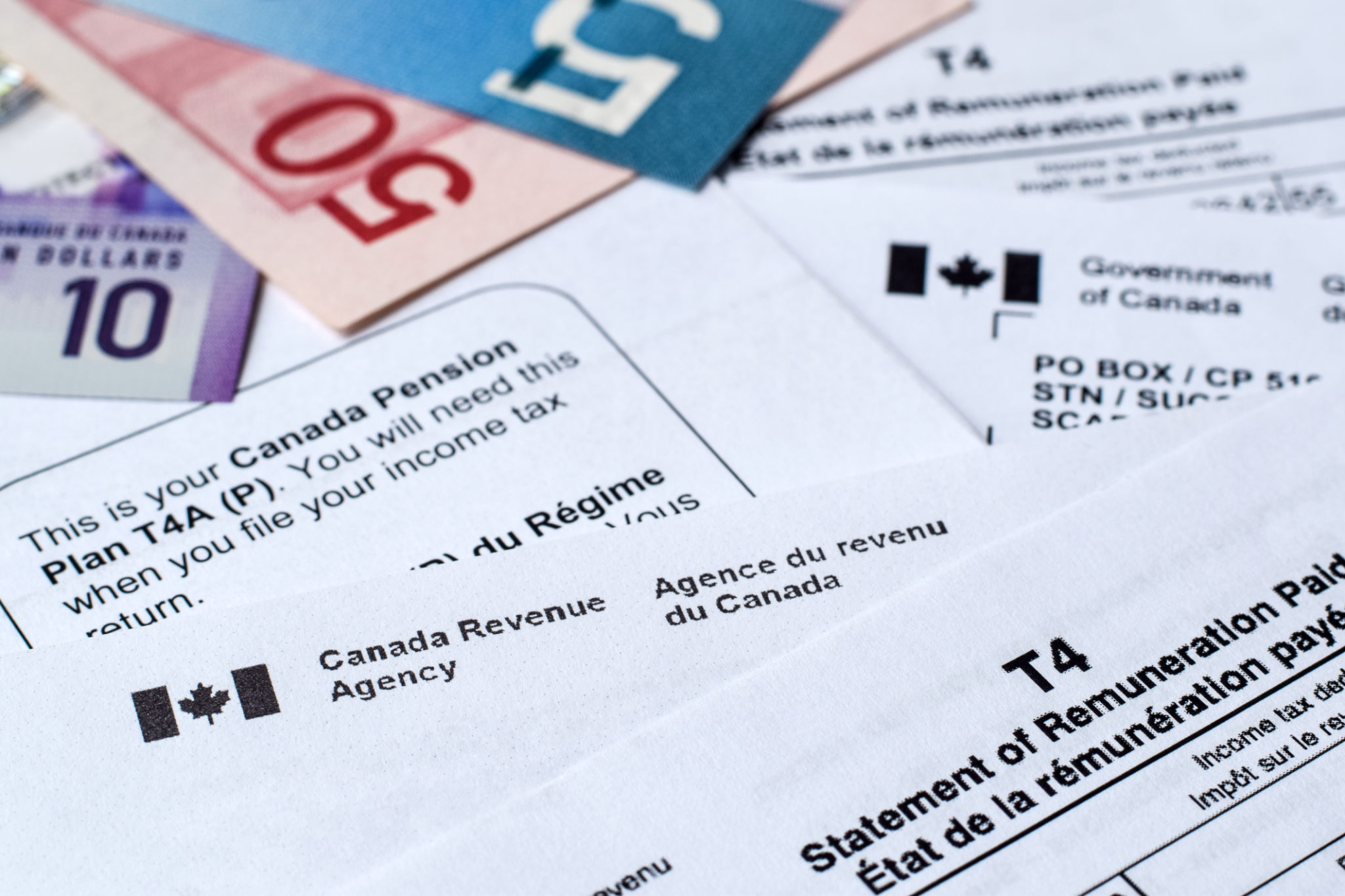Everything You Need to Know About Digital Tax Filing
Understanding Digital Tax Filing
As the world becomes increasingly digital, the process of filing taxes has undergone a significant transformation. Digital tax filing, also known as e-filing, has made it easier for individuals and businesses to submit their tax returns accurately and efficiently. This method not only simplifies the process but also offers numerous benefits over traditional paper filing.
One of the primary advantages of digital tax filing is the speed and convenience it offers. Unlike paper filing, which can take weeks to process, e-filing allows taxpayers to submit their returns from the comfort of their home or office and receive confirmation almost instantly. This quick turnaround time is especially beneficial as it often leads to faster refunds.

Key Benefits of E-Filing
Digital tax filing comes with a host of benefits that make it an attractive option for many taxpayers. Here are some of the key advantages:
- Accuracy: E-filing software often includes built-in error checks that help reduce the risk of mistakes.
- Security: Advanced encryption technologies ensure that your personal and financial information is protected.
- Environmentally Friendly: By going paperless, you contribute to reducing waste and conserving resources.
Additionally, many e-filing platforms offer user-friendly interfaces that guide taxpayers through the filing process, making it accessible even for those with limited technical skills. This ease of use helps eliminate the stress often associated with tax season.

Choosing the Right E-Filing Software
With a plethora of e-filing software available on the market, selecting the right one can be a daunting task. It's essential to consider factors such as cost, ease of use, customer support, and additional features when making your decision.
Most e-filing platforms offer various packages tailored to different needs, ranging from basic options for simple tax returns to more comprehensive solutions for complex filings. Comparing user reviews and ratings can also provide valuable insights into the effectiveness and reliability of a particular software.

Preparing for Digital Tax Filing
Before diving into digital tax filing, it's crucial to gather all necessary documents and information. This includes your W-2s, 1099 forms, receipts for deductions, and any other relevant financial records. Having everything organized will streamline the process and help you avoid last-minute scrambling.
It's also wise to ensure your computer or device is up to date with the latest security patches and antivirus software. This precaution minimizes the risk of cyber threats and safeguards your sensitive information during the filing process.
Common E-Filing Mistakes to Avoid
Despite its many advantages, digital tax filing is not without its pitfalls. Common mistakes include entering incorrect personal information, such as Social Security numbers or bank account details. Double-checking entries can prevent these errors and ensure a smooth filing experience.
Another frequent oversight is failing to claim eligible deductions or credits. Utilizing all available tax breaks can significantly reduce your tax liability, so it's essential to educate yourself on what's applicable to your situation or consult a tax professional if needed.

The Future of Digital Tax Filing
The trend toward digital tax filing shows no signs of slowing down. As technology continues to evolve, we can expect even more streamlined processes and enhanced features that make e-filing more efficient and user-friendly. Governments worldwide are also investing in digital infrastructure to support this shift, further solidifying e-filing as the norm.
In conclusion, embracing digital tax filing can save you time, reduce stress, and potentially increase your refund. By staying informed and utilizing available resources, you can navigate tax season with confidence and ease.
